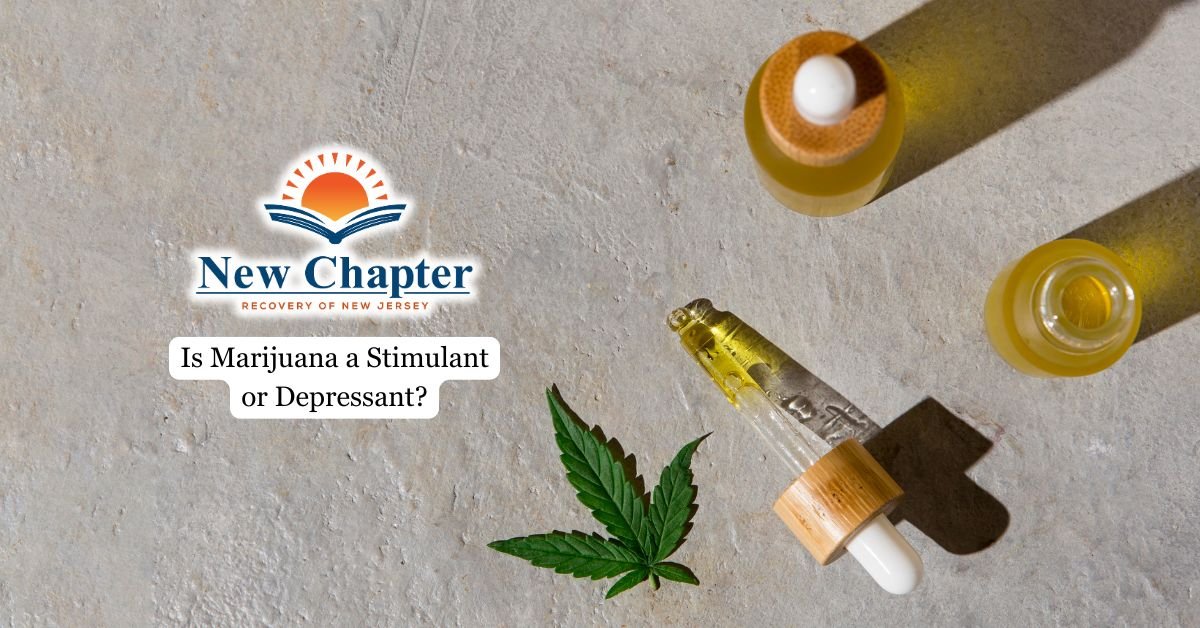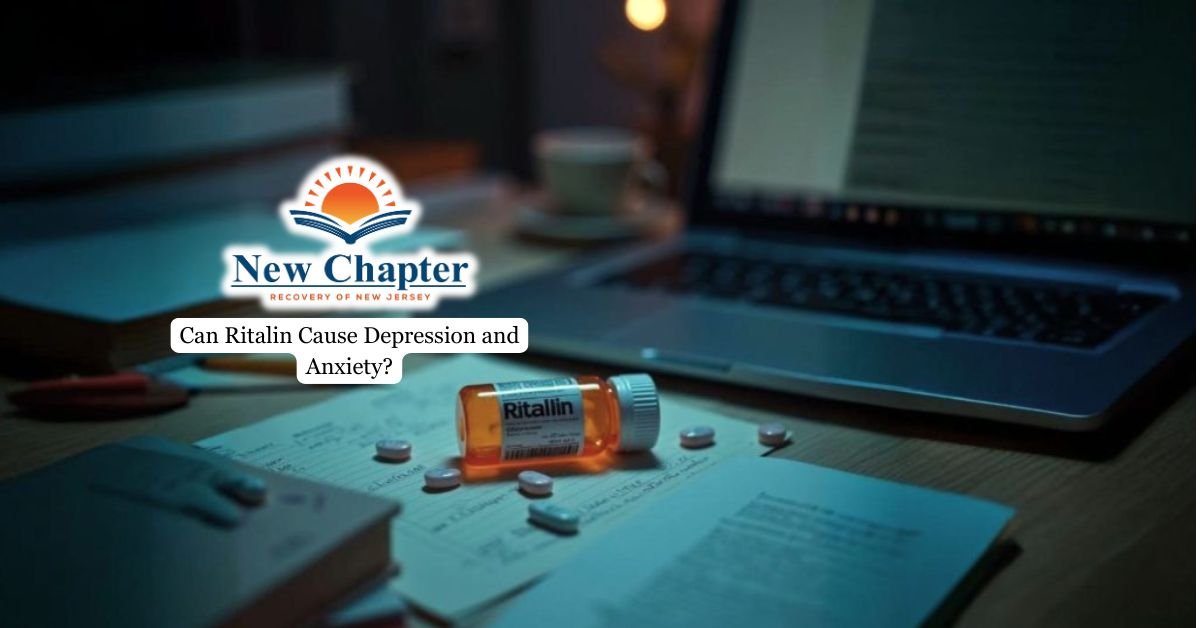The journey to overcoming substance abuse can be difficult, with one of the biggest obstacles being the financial burden of rehabilitation. Treatment costs vary widely based on the type and duration of care required, often leaving individuals and families feeling uncertain about how to afford it. Fortunately, there are multiple funding options available, including insurance coverage, government grants, personal loans, and community assistance programs.
This article explores these financial solutions, offering practical guidance on how to manage the costs of addiction treatment effectively.

Understanding the Costs of Rehab
The average cost of inpatient addiction treatment ranges from $6,000 to $30,000, while outpatient treatment typically falls between $1,000 and $10,000.
These figures can be daunting, but it’s important to remember that the cost of addiction extends far beyond monetary value.
When exploring rehab costs, consider additional expenses such as therapy sessions, medications, and aftercare services. These elements can significantly increase the overall cost of addiction treatment.
Our compassionate team at New Chapter Recovery is here to guide you through the process, ensuring that you receive the care you deserve without stressing about the financial implications of receiving much needed help.
Insurance Coverage for Rehabilitation
When it comes to financing drug and alcohol rehab, private health insurance plans often cover a significant portion of the costs. Major insurers typically contribute between 60% to 90% of substance abuse treatment expenses, depending on your specific plan type.
Thanks to the Affordable Care Act, insurance coverage for rehabilitation services is now mandatory, as substance use disorders are classified as essential health benefits.
However, it’s crucial to verify your insurance benefits with the treatment center you’re considering. They can assist you in determining coverage limits and in-network status to maximize the financial support you receive.
If you’re eligible for Medicare or Medicaid, these programs can also provide financial assistance for rehab costs. Eligibility is based on factors such as age, disability, and income level, which influence the extent of coverage.
Learn more details about the cost of enrolling in a drug rehab center and the factors affecting the varying expenses.
Personal Loans
Personal loans can provide immediate financial support for rehab expenses, offering a solution when insurance doesn’t fully address the costs.
The average loan amount for medical expenses, including rehab, ranges from $1,000 to $35,000, depending on your creditworthiness and financial situation.
When considering personal loans, it’s essential to understand that they come with fixed or variable interest rates, which can vary based on your credit score and the lender’s terms. Keep in mind that these loans require monthly repayments, which can add financial pressure, so assess your ability to afford the payments before committing.
However, many lenders offer quick approval processes, allowing you to access funds rapidly for urgent treatment needs.
While personal loans can be a valuable resource for financing rehab, it’s crucial to weigh the long-term financial implications carefully.

Credit Cards
Credit cards offer another option for financing rehab expenses, providing a quick and accessible way to cover costs. Some credit cards feature low-interest rates or promotional deferred interest plans designed specifically for medical expenses. This allows individuals to pay for treatment upfront while managing repayments over time.
However, caution is advised, as high-interest charges can accumulate if balances are not paid off promptly. It’s crucial to assess your financial situation and choose a credit card option that aligns with your ability to repay.
Healthcare Credit Cards
In addition to traditional credit cards, healthcare credit cards are specifically designed to cover medical expenses, including addiction treatment. These cards often feature deferred interest rates, allowing individuals to finance their rehab costs without immediate interest charges if paid off within a promotional period. This can make treatment more affordable in the short term, but it’s important to read the fine print and understand the terms to avoid unexpected costs later on.
Alternative Ways to Fund Rehab
Non-profit organizations and community health centers often provide affordable or subsidized rehab services, making treatment more accessible for those with financial challenges.
Crowdfunding platforms like GoFundMe allow you to raise funds by reaching out to friends and family who want to support your recovery journey.
Some rehab centers offer sliding scale fees, adjusting costs based on your income to make treatment more affordable.
If you’re employed, check whether your company provides an Employee Assistance Program (EAP), which may include financial aid or counseling services for substance use treatment.
Additionally, scholarships from organizations like 10,000 Beds can help cover rehab expenses at select treatment facilities, reducing your personal financial burden.
Low-Cost or No-Cost Treatment Options
Local community health centers often offer affordable treatment options for substance abuse, ensuring access to care without significant financial strain.
Non-profit organizations typically provide subsidized rehab services to individuals who can’t afford standard treatment costs, making recovery more attainable.
Teaching hospitals and universities may have low-cost treatment options available, often involving supervised care by professionals in training as part of their educational programs.
Government agencies and Medicaid can cover addiction treatment costs for eligible individuals, significantly reducing out-of-pocket expenses for necessary services.
Final Thoughts from New Chapter Recovery
At New Chapter Recovery, we recognize that the cost of treatment should not be a barrier to seeking the help you need on your journey to recovery. We offer a range of funding options to make our services more accessible, including insurance coverage, personal loans, scholarships, and community resources. Our team is dedicated to working with you to find the financial solutions that best fit your individual circumstances, ensuring that you can focus on your healing without the added stress of worrying about the cost.
Frequently Asked Questions About Financing for Drug and Alcohol Rehab
1. How do I find out if my insurance covers rehab treatment?
You can check your insurance coverage by reviewing your policy details or contacting your provider directly. Many rehab centers also offer free insurance verification services to help you understand what treatments are covered and any out-of-pocket costs. It’s important to confirm whether the facility is in-network to maximize coverage benefits.
2. What happens if I can’t afford rehab even with loans or credit options?
If traditional financing options aren’t feasible, you may explore state-funded rehab programs, sliding-scale payment plans, or nonprofit organizations that offer free or low-cost treatment. Crowdfunding and community support can also help raise funds for rehab. Seeking help from a financial advisor or treatment center specialists can guide you to alternative resources.
3. What are the risks of using credit cards for rehab?
Using credit cards for rehab can lead to high-interest debt if balances aren’t paid off quickly. This can add financial strain post-treatment, making it harder to maintain stability during recovery. It’s essential to compare interest rates, explore healthcare credit cards with deferred interest, and assess repayment plans before relying on credit.
4. Can I use a personal loan to cover all rehab costs?
Yes, personal loans can be used to cover rehab costs, but approval depends on factors like credit score, income, and loan terms. Some lenders offer medical-specific loans with lower interest rates, while others may require collateral. Before taking out a loan, carefully assess repayment terms and ensure it won’t create long-term financial stress.






